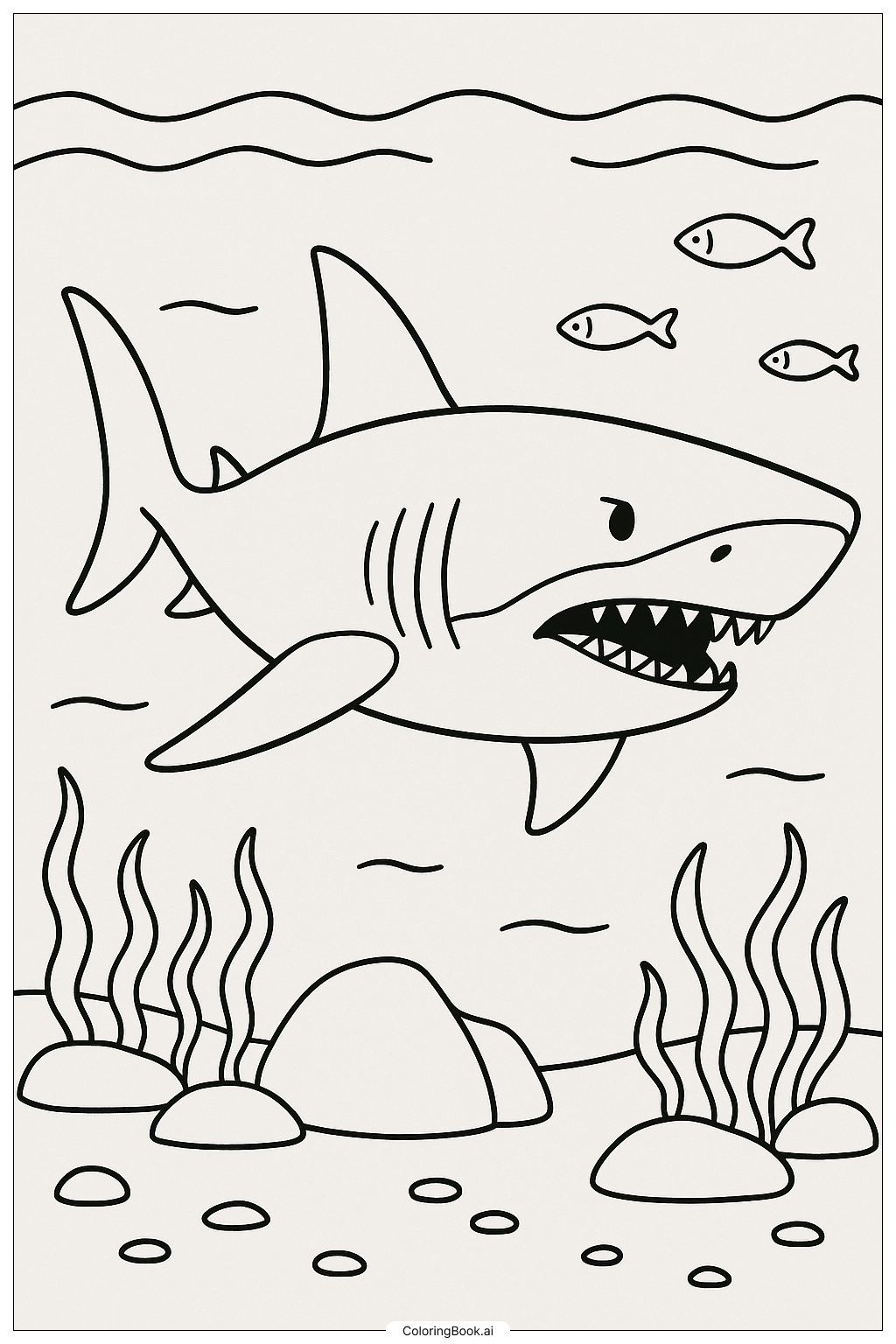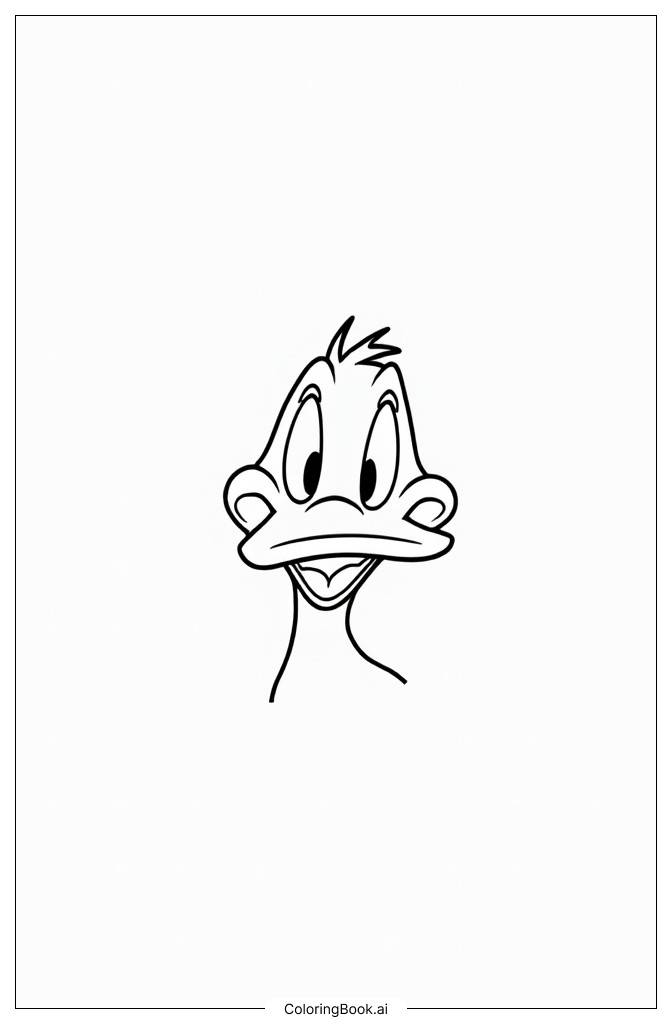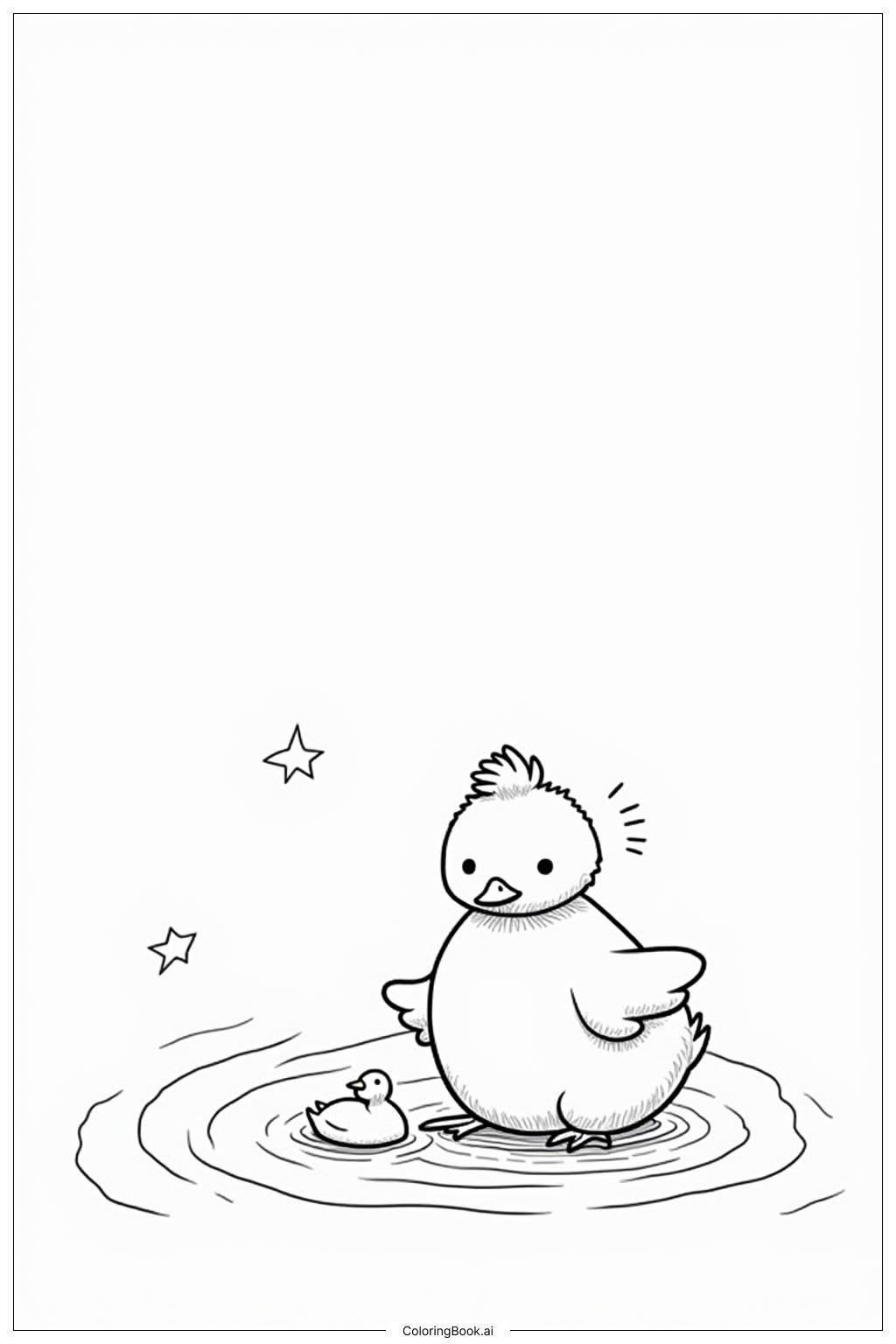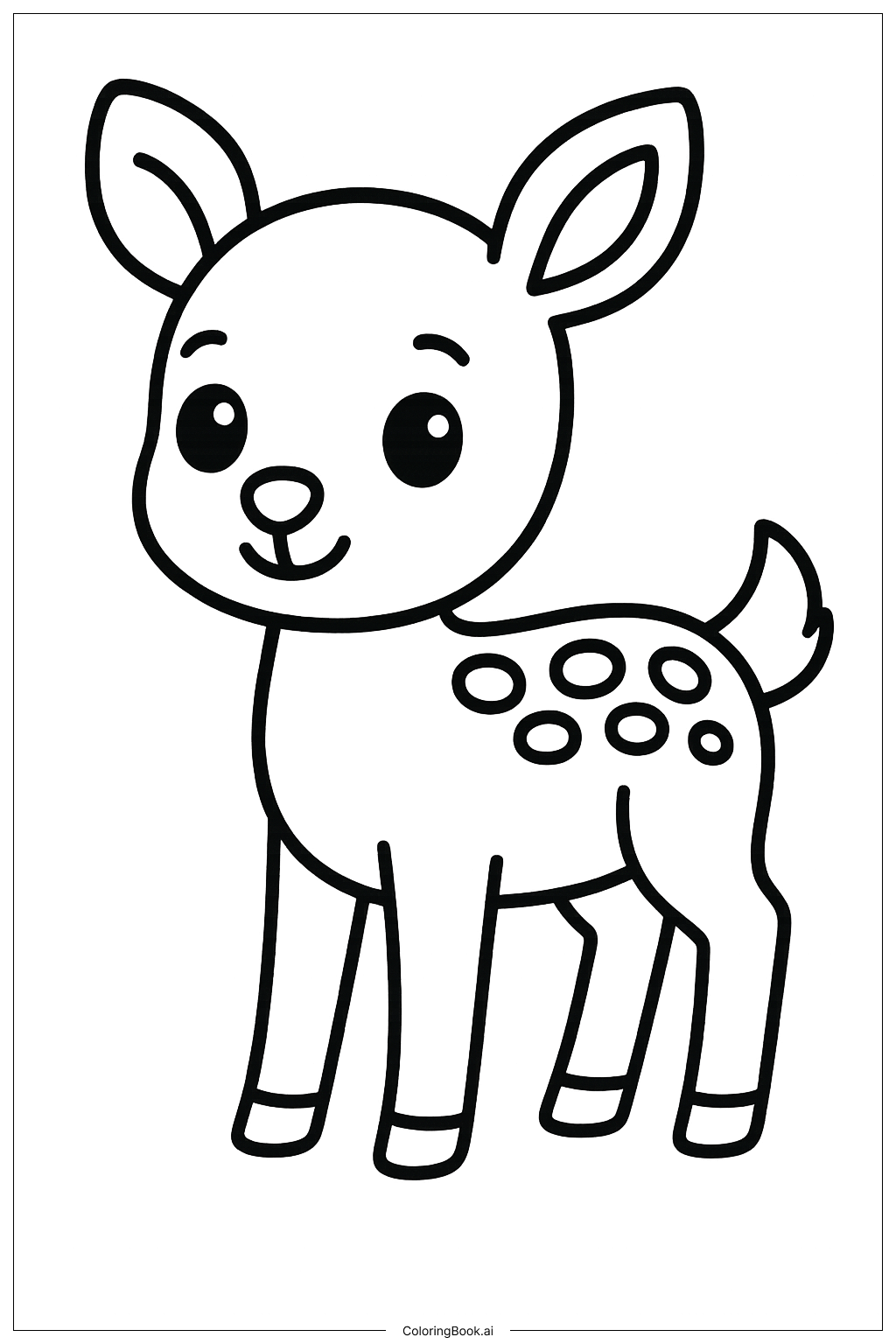Coloring tips: How to color Megalodon in a Prehistoric Sea coloring page well?
Use different shades of blue and green for the water to give it a deep ocean look. Color the Megalodon in grey or dark blue to make it look strong and powerful. The sharp teeth can be white or light yellow to stand out. Use bright colors like orange, yellow, or red for the small fish to make them pop. The seaweed can be different shades of green to add variety. You can also add some light blue or white highlights to the water to show movement and waves.
Coloring challenges: Which parts are difficult to color and need attention for Megalodon in a Prehistoric Sea coloring page?
1. Coloring the Megalodon’s sharp teeth can be tricky because they are small and detailed, requiring careful coloring to avoid going outside the lines. 2. The water waves need soft coloring to look natural, so using gradual shading can be a challenge. 3. Balancing the different shades of blue and green in the water to make it look realistic might be difficult for beginners. 4. Coloring the seaweed with its thin and wavy shapes may require patience to stay within the lines. 5. Ensuring the small fish are colorful without coloring over the tiny details can be hard for younger kids.
Benefits of coloring books: Advantages of drawing Megalodon in a Prehistoric Sea coloring page
Coloring this Megalodon scene helps children improve their fine motor skills by staying inside the lines, especially when coloring detailed areas like the teeth and seaweed. It encourages creativity in choosing colors for the ocean and underwater life. This activity also teaches children about prehistoric animals and ocean ecosystems while providing fun and relaxation. Coloring helps develop focus and patience as kids work through the different parts of the picture.




